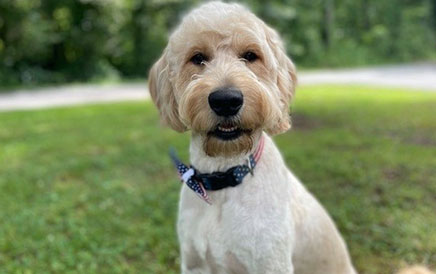
The safety precautions of breeding dogs.
Tuesday, July 9th, 2024
Breeding dogs responsibly involves much more than pairing a male and female and waiting for puppies to arrive. Ensuring the safety and health of both the breeding dogs and their offspring requires careful planning, proper care, and adherence to ethical practices. Here are key safety precautions to consider when breeding dogs.
Health Screenings
- Genetic Testing: Before breeding, both dogs should undergo genetic testing to screen for hereditary diseases common to their breed. This helps reduce the risk of passing on genetic disorders to the puppies.
- Veterinary Check-ups: Regular veterinary check-ups are essential. Both the sire and dam should be in optimal health and free from contagious diseases or parasites.
- Vaccinations: Ensure that both dogs are up-to-date on their vaccinations. This not only protects the breeding dogs but also provides immunity to the puppies during their early weeks of life.
Proper Timing
- Age and Maturity: Only breed dogs that are mature enough. Females should not be bred during their first heat cycle, as their bodies are not yet fully developed. Generally, it’s advisable to wait until they are at least two years old.
- Estrous Cycle Monitoring: Carefully monitor the female’s estrous cycle to determine the optimal breeding time. This increases the chances of a successful pregnancy and healthy litter.
Safe Breeding Environment
- Controlled Setting: Breeding should occur in a clean, quiet, and controlled environment. This minimizes stress for both dogs and helps prevent injuries.
- Supervision: Always supervise the mating process. Intervention may be necessary to prevent aggressive behavior or to assist if complications arise.
Pregnancy Care
- Nutritional Support: Provide the pregnant female with a balanced, nutrient-rich diet. Consult your vet to ensure she receives the appropriate supplements and diet modifications.
- Regular Monitoring: Schedule regular veterinary check-ups throughout the pregnancy to monitor the health of the dam and the developing puppies.
Whelping Preparations
- Safe Whelping Area: Prepare a safe, clean, and comfortable whelping area for the mother to give birth. The area should be quiet, warm, and free from disturbances.
- Emergency Plan: Have an emergency plan in place. This includes knowing the signs of labor complications and having your vet’s contact information readily available.
Postpartum Care
- Immediate Vet Check: After birth, both the mother and puppies should be examined by a veterinarian to ensure there are no immediate health issues.
- Cleanliness: Maintain a clean environment to prevent infections. Regularly clean the whelping area and ensure the mother and puppies are kept warm and dry.
Ethical Considerations
- Responsible Breeding: Breed only for the right reasons. Avoid breeding solely for profit or without considering the long-term welfare of the dogs and puppies.
- Educate Yourself: Continuously educate yourself on best breeding practices and stay updated with veterinary advice and breed-specific guidelines.
By adhering to these safety precautions, breeders can help ensure the health and well-being of both the parent dogs and their puppies, contributing to responsible and ethical breeding practices.